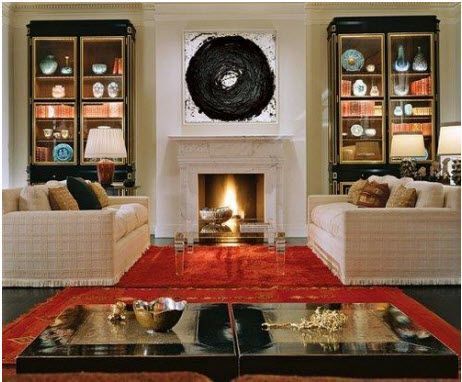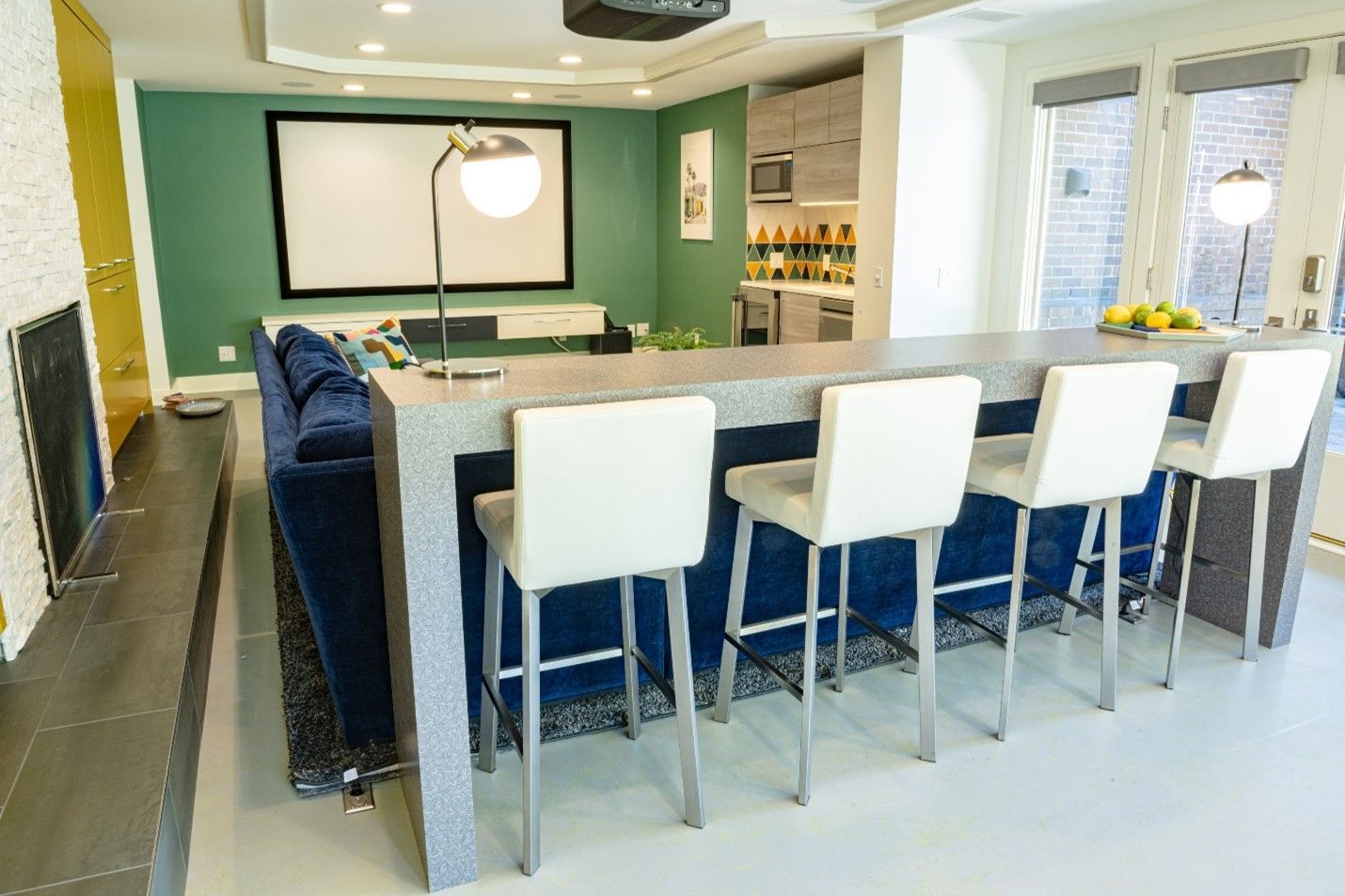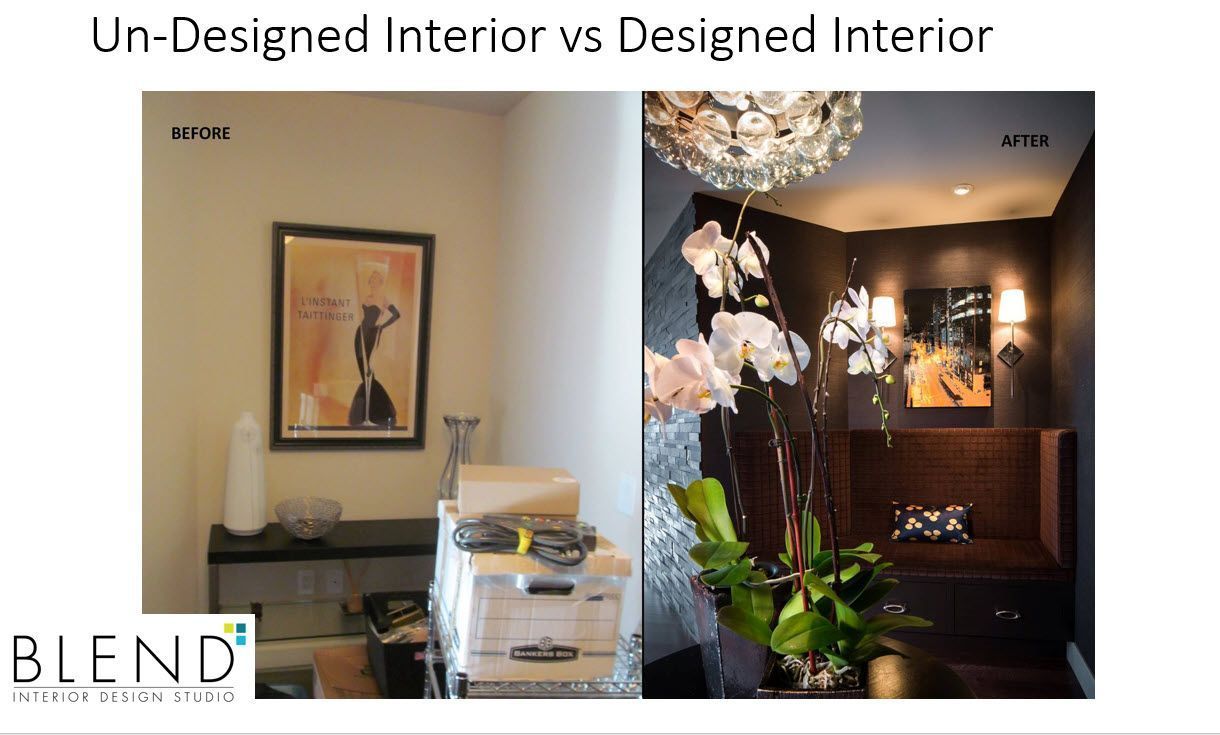Blog
Contact Information
Phone:
206-965-0023
Email:
felicia@blendids.com
Address:
1221 Minor Avenue, Seattle, Washington 98101, United States
Business Hours:
- Mon - Fri
- -
- Sat - Sun
- Closed
Content, including images, displayed on this website is protected by copyright laws. Downloading, republication, retransmission or reproduction of content on this website is strictly prohibited. Terms of Use | Privacy Policy



